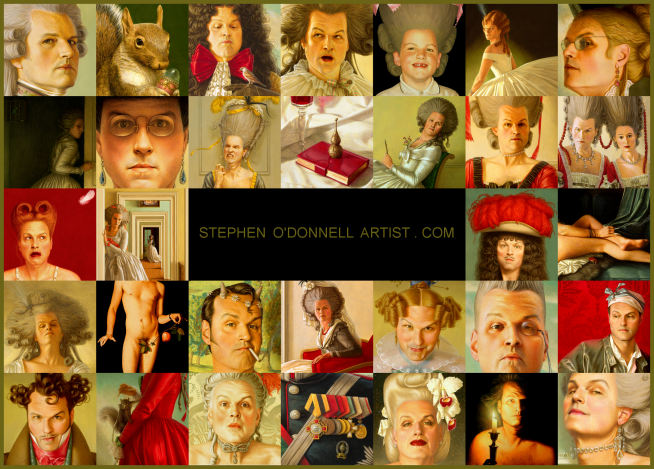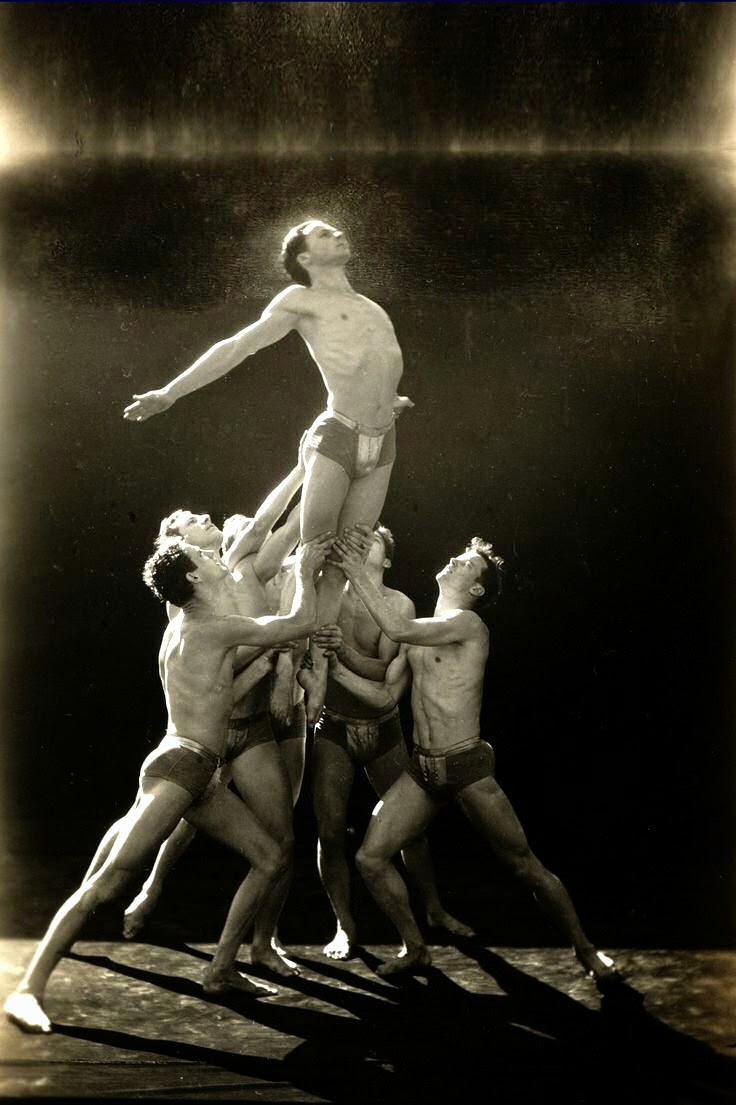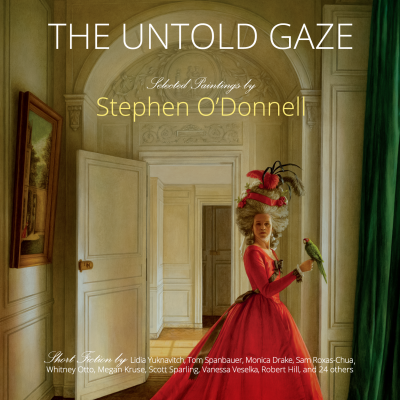 |
| All three are watercolor on ivory laid on card, between approx. 3-3.5 x 2.5-3 inches. |
Princess Victoria Alberta Elisabeth Mathilde Marie (5 April 1863, Windsor Castle – 24 September 1950, Kensington Palace), later Princess Victoria (Princess Louis) of Battenberg, Later Marchioness of Milford Haven, was her parents' first born child.
Only fifteen when her mother, the former Princess Alice, died, she took on many of the responsibilities for raising her younger siblings. In 1884 she married Prince Louis of Battenberg, who had adopted British nationality and was an officer in the Royal Navy. They had four children: Alice, who married into the Greek royal family and was the mother of four daughters who married into German princely families and one son, Philip, the present Duke of Edinburgh; Louise, who at age thirty-four married the widower Crown Prince Gustaf Adolf of Sweden and later became the queen of that country; George, who succeeded his father as Marquess of Milford Haven and died at forty-five; and, most famously, Lord Louis Mountbatten, naval hero of World War II and last Viceroy of India. Because of his heritage, her husband was made to resign as First Sea Lord at the beginning of World War I, and the family was later forced to change their name to the less Germanic sounding Mountbatten. Continuing in the role which had been forced on her when so young, Victoria was always a strong, common sense support to her family during their many trials. Quick-witted, talkative, frank - and a famously heavy smoker from the age of sixteen - she was a beloved and respected matriarchal figure in her extended family.

Princess Elisabeth Alexandra Louise Alice (1 November 1864, Darmstadt – 18 July 1918, Alapaevsk), later Grand Duchess Elisaveta Feodorovna (Grand Duchess Serge), known in the family as "Ella", was the second child.
Considered by many historians and contemporaries one of the most beautiful women of her time, in her youth Ella had declined the proposal of her first cousin, the future Wilhelm II of Germany, but in 1884 she married one of her Russian relations, Grand Duke Sergei (Serge) Alexandrovich. The couple had no children of their own, but after the death of the wife of Serge's brother Paul, they became the guardians of his two small children, Marie and Dmitri (one of the future assassins of Rasputin). Elisabeth had remained in the Lutheran faith even after her marriage, but in 1891 she converted to the Orthodox faith, becoming increasingly religious. In 1905, Serge, who had been made Governor-General of Moscow, was assassinated, and Elisabeth retreated further into her religion, eventually trading her widow's weeds for a nun's habit. She sold off or gave away all of her jewels and most of her personal property, and in 1908 founded the Convent of Saints Martha and Mary in Moscow, becoming its abbess. She opened a hospital, a pharmacy, an orphanage, and a chapel on the convent grounds. Elisabeth and her nuns worked ceaselessly among the sick and destitute of Moscow, visiting its worst slums. When the Russian Revolution began, Elisabeth was at first left alone to continue her work. But in 1918 she was arrested along with one of the sisters from her convent. Together with Grand Duke Sergei Mikhailovich and his secretary, three young sons of the Grand Duke Konstantine Konstantinovich, and the son of Grand Duke Paul, they were sent first to Perm, then Ekaterinburg, and then Alapaevsk, where they were housed in a school on the outskirts of town. On the night of July 18th - one night after the infamous murder of her sister, the Empress Alexandra, and the Imperial family in Ekaterinburg - Elisabeth and the others were driven out of town to an abandoned mine. There they were beaten and thrown, alive, into the mine; hand grenades were then thrown in after them. Only one of them was killed outright, and the others were soon heard faintly singing an Orthodox hymn. More hand grenades were thrown into the mine, but the singing continued. Finally, a large quantity of wood and brush was shoved into the opening and set on fire. Three months later, when White Army soldiers discovered the remains of the victims, it was found that before her death Elisabeth had bandaged the head of one of the dying princes. In 1981 she was canonized by the Russian Orthodox Church Outside of Russia, and by the Moscow Patriarchate in 1992. Beginning in 1990 her convent began to be restored, and four years later the sisterhood was re-established.

Princess Irene Luise Maria Anna (11 July 1866, Darmstadt – 11 November 1953, Hemmelmark), later Princess Irene (Princess Heinrich) of Prussia, was the third child.
Considered the least pretty of the sisters, Irene was noted for her even, pleasant disposition. On 24 May 1888, Irene married Prince Albert Wilhelm Heinrich of Prussia, third child and second son of Emperor Friedrich Wilhelm III of Germany. Irene and her husband were first cousins, their mothers being the two eldest daughters of Queen Victoria and Prince Albert. At the time of their marriage, Heinrich's father was dying of cancer of the throat, and less than a month later, Heinrich's brother ascended the throne as Wilhelm II, the soon to be infamous "Kaiser Bill". Irene and Heinrich were very happily married; they were called "The Very Amiables" within the family because of how well they got on with each other and within the extended family. They had three sons: Princes Waldemar, Sigismund, and Heinrich. The eldest and the youngest were both afflicted with haemophilia - the gene was passed down from Irene's mother, and from
her mother Queen Victoria - and their youngest son, Prince Heinrich, died at the age of four. (Later that same year, her youngest surviving sister, Alexandra, gave birth to her own son, heir to the Imperial Russian throne, who would soon prove to be history's most famous sufferer of the disease.) With the coming of World War I, Irene found herself of the opposite side of the conflict from most of her family, a situation that was wrenching to the close family. At the end of the war, after the Emperor's abdication and the fall of the German monarchy, Irene and Heinrich were allowed to retain their property. But Irene was horrified to learn of the murder of her older sister, Elisabeth, and that of her younger sister, Alix, and all of Alix's family in the midst of the Russian Revolution. Heinrich died in 1929, and her eldest son, the haemophiliac Waldemar, died at the end of World War II, because of the inability to get blood for a transfusion. When Irene died at the age of eighty-seven in 1953, she was the last surviving of her siblings.
(These miniatures were painted before the Grand Ducal couple's four remaining
children - two of whom would die before the age of five - were born; the
first son and heir, Ernest Louis was born the same year that these were
painted, and Alix, who would become the Empress Alexandra Feodorovna of Russia, was born in 1872.)
***
Reginald Easton (1807-93), English artist. He began his career as an engraver, but later took up watercolor and miniature painting. He was especially known in aristocratic circles for his portraits of children.


+Prado.jpg)





















































